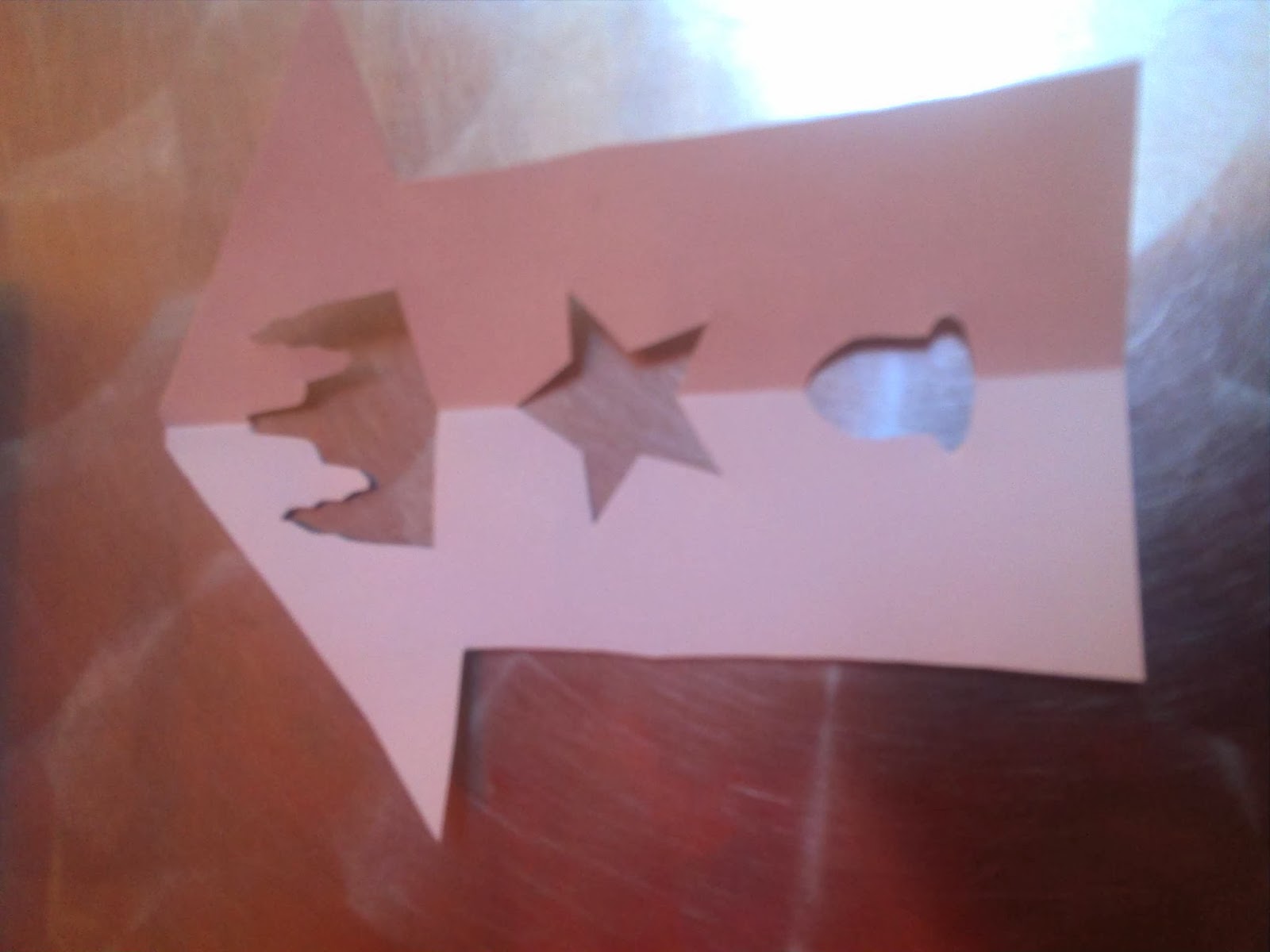So it’s almost Valentine’s Day
so I thought that a Camino-inspired card would be a nice idea. This is based on
a tradition from Denmark (yes, I know that the Camino isn’t there but I researched
this for my Guide Unit as an activity as we’re doing an International;
Valentine’s so I’ve saved myself some effort by merely doing some adapting!).
One of the popular Valentine’s
Day customs in Denmark is that young couples swap funny little poems or love
notes, known as ‘gaekkebrev’. The sender of a ‘gaekkebrev’ writes a rhyme for
his beloved, though he signs the message with dots, not a name (one for each
letter in their name). If the recipient guesses the name correctly, she
receives an egg at Easter! If not then she has to give the sender an Easter
egg. The Danes are world-famous for their intricate paper cutting.
Fold your paper in half and then half again and draw your design - Santiago Cathedral for example
Stars and scallop shells work well too
Cut out shapes and unfold
Make your paper less boxy maybe
Or start off with a shape - an arrow works well (if you only fold the paper once!)
Okay the scallop shell looks more like an acorn but you get the idea.
This would look more romantic on red paper but I didn't have any available!
Write the poem on and then give to your Valentine (or you could use this in a Camino scrapbook maybe?).
Henne bag ved havens hæk, fandt
jeg denne vintergæk.
Hej, min hvide lille ven, nu er
turen din igen.
Du skal gå til min ven, hviske
så kan kan forstå,
han må gætte prikke små, for et
påskeæg at få!
. . .






Comments
Post a Comment